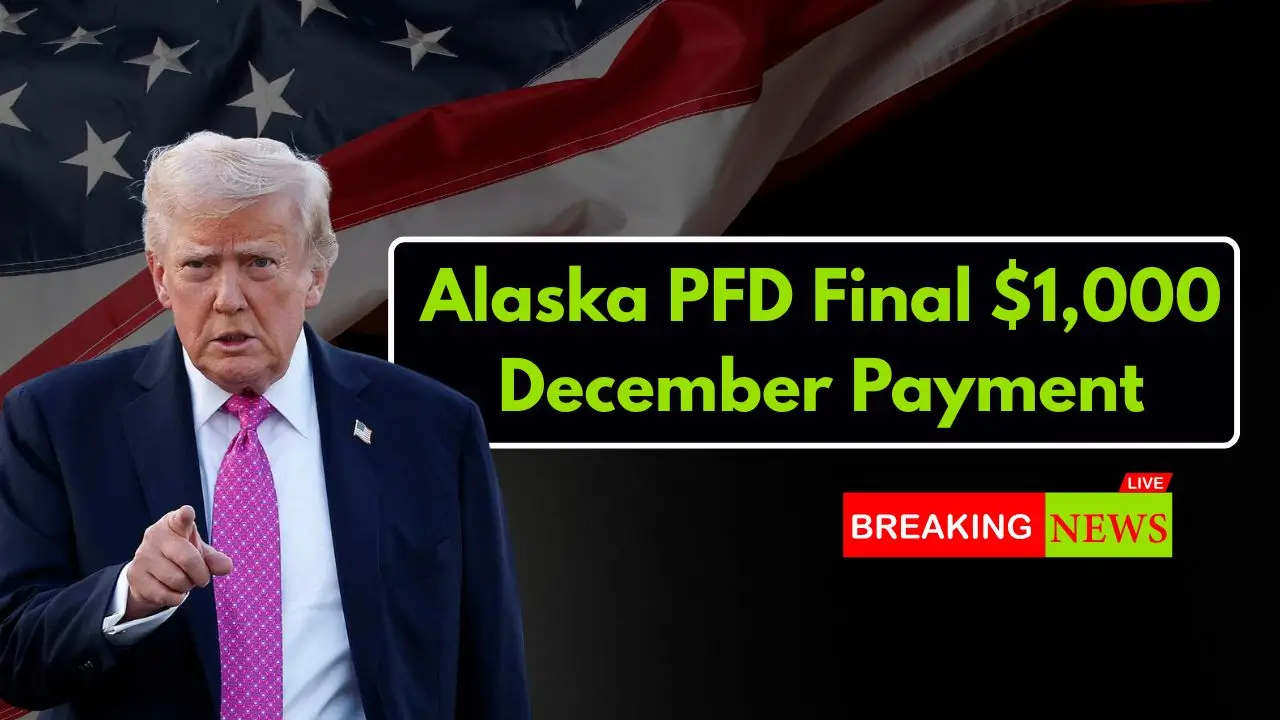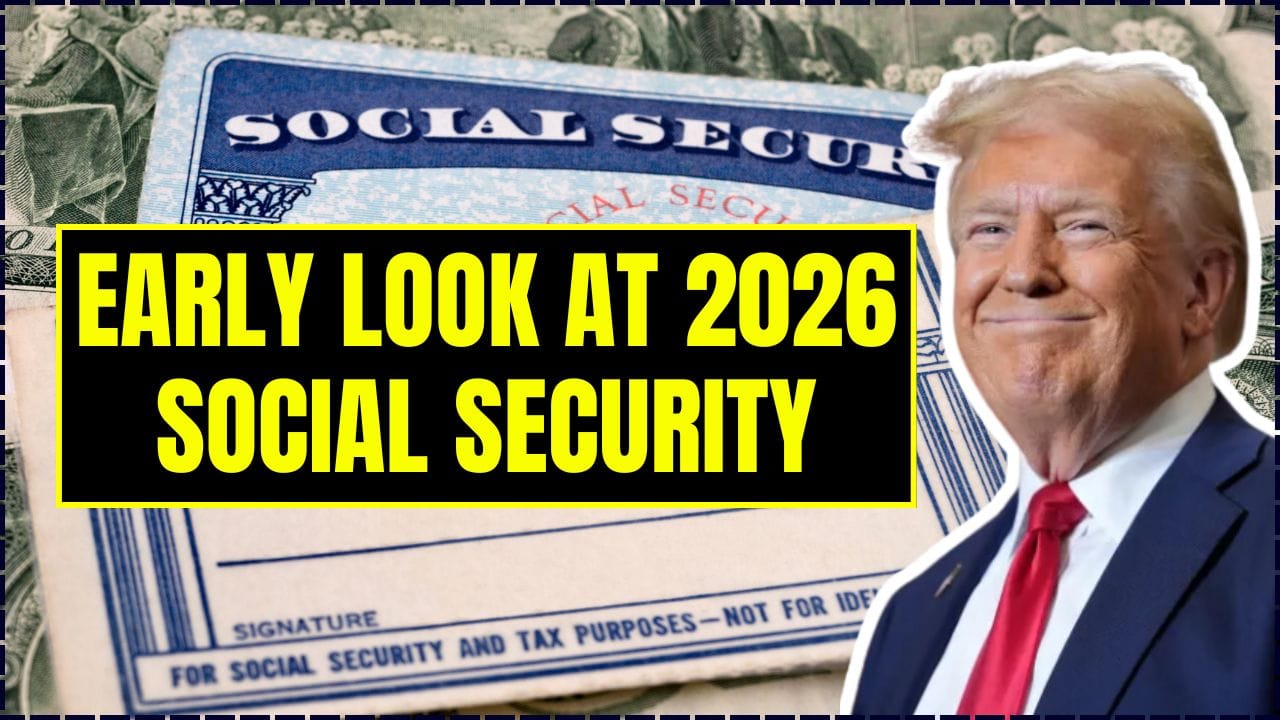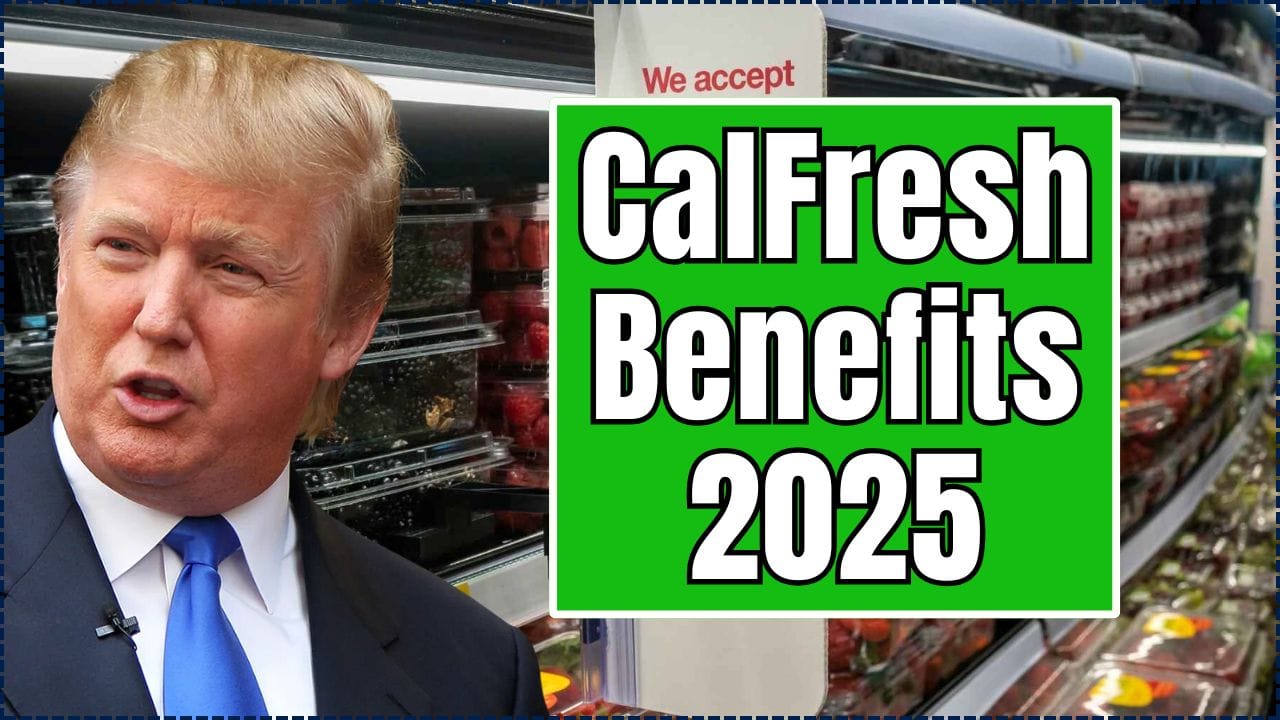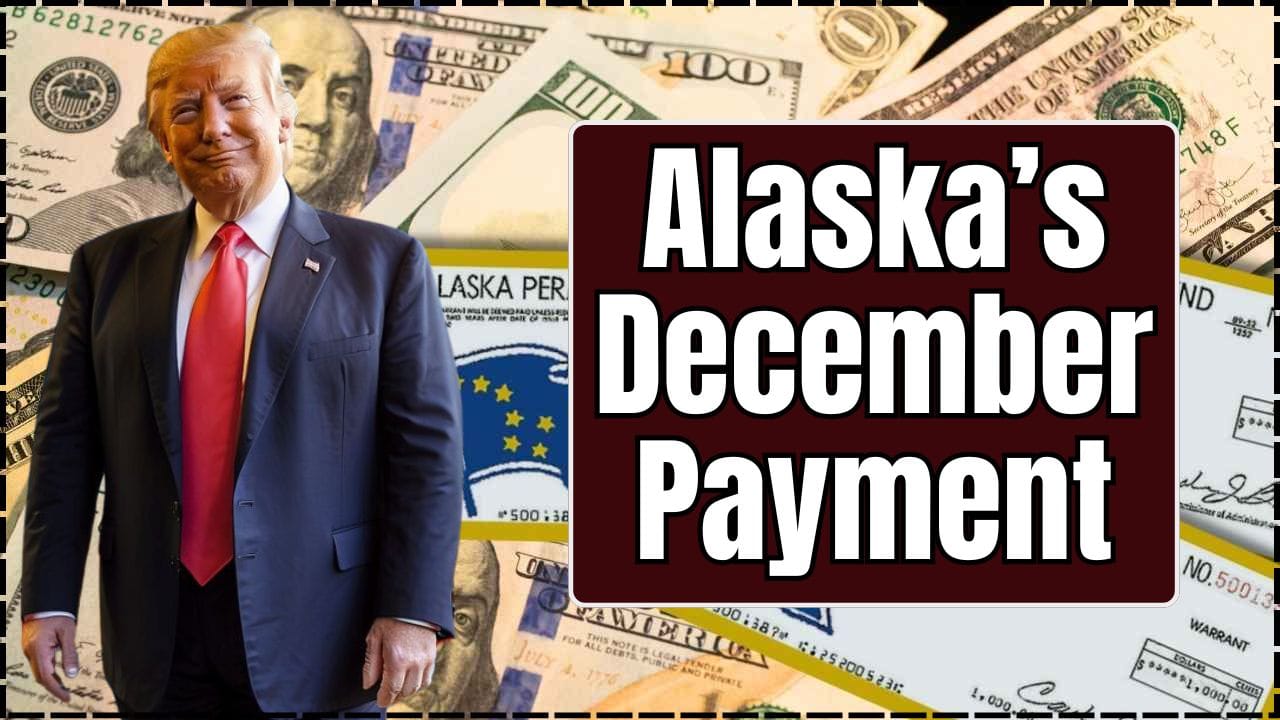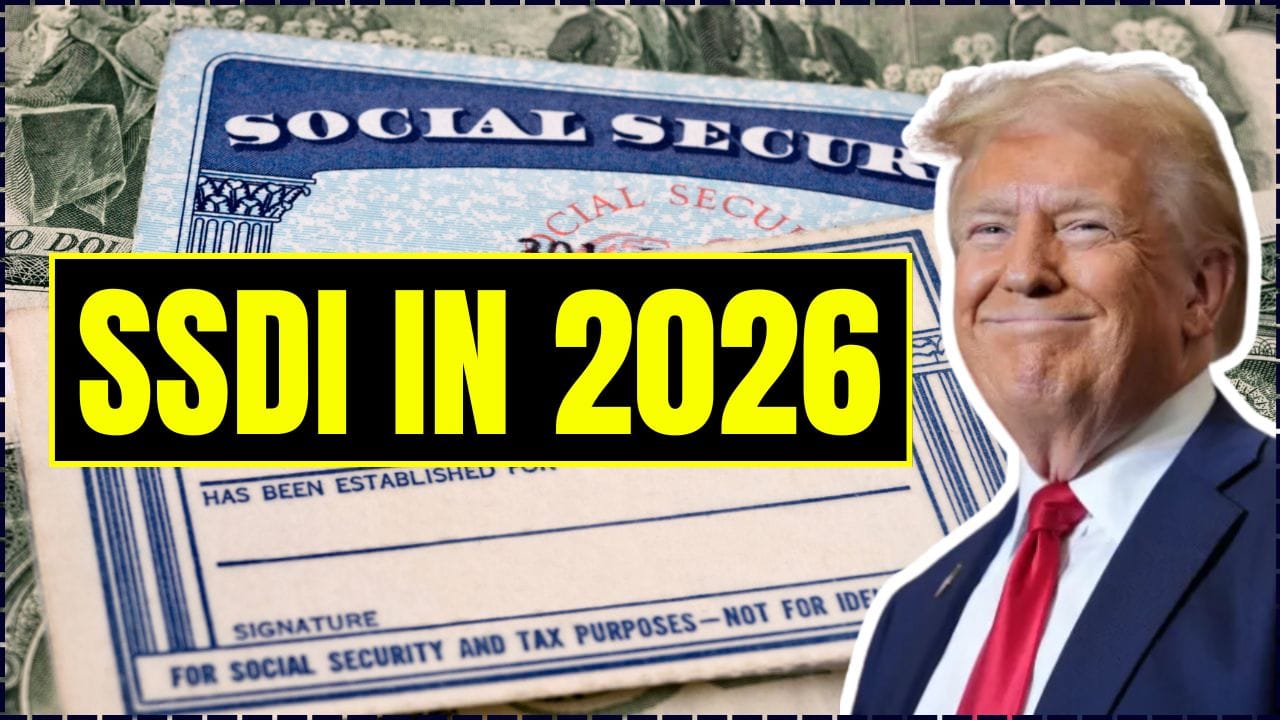The landscape of U.S. immigration is in a constant state of evolution, and for employers and skilled professionals looking to connect in the United States, staying ahead of these changes is paramount. A significant update has arrived: the US Petition for a Nonimmigrant Worker Form I-129 new version was released and is now a mandatory requirement. This isn’t just a minor tweak; it’s a comprehensive overhaul tied to modernizing the H-1B and H-2 visa programs. For many, this form is the gateway to opportunity, and understanding its new iteration is the first step toward a successful petition. This guide will walk you through the essential changes, provide actionable advice, and offer the encouragement you need to navigate this process with confidence.
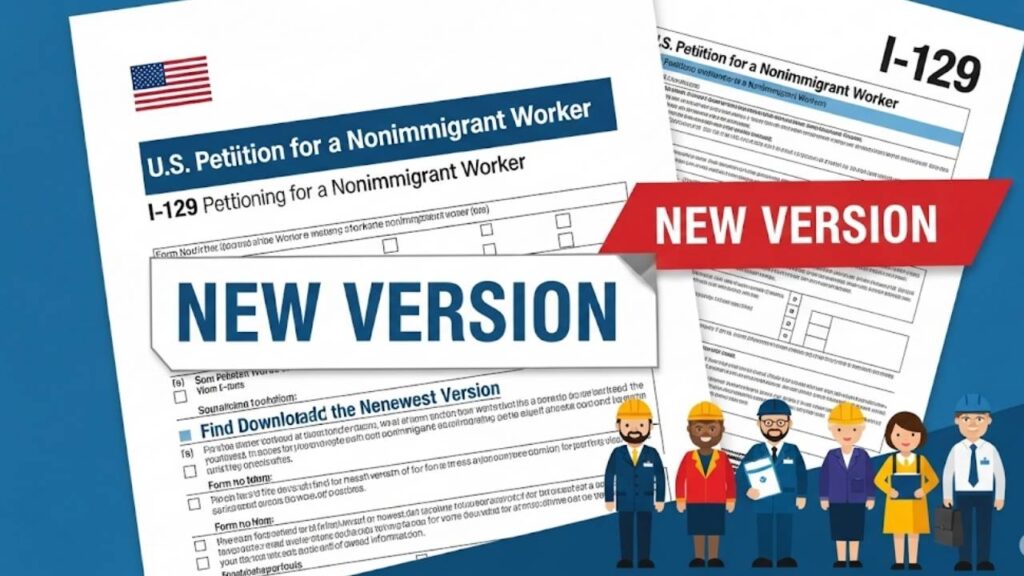
US Petition for a Nonimmigrant Worker Form I-129 new version was released
For those who need the highlights, here’s a quick rundown of what’s new with Form I-129.
| Key Change | What You Need to Know | Official Source |
| New Mandatory Edition | As of January 17, 2025, only the 01/17/25 edition of Form I-129 is accepted. | USCIS Newsroom |
| No Grace Period | Submissions using the old (04/01/24) edition on or after the effective date will be rejected. | USCIS Newsroom |
| H-1B Program Overhaul | The form integrates changes from the H-1B modernization rule, including a beneficiary-centric lottery. | The Economic Times |
| Updated Fee Structure | Filing fees have been adjusted, and a new Asylum Program Fee is required for most employers. | USCIS |
Understanding the “Why” Behind the New Form I-129
U.S. Citizenship and Immigration Services (USCIS) didn’t update this crucial form on a whim. The new edition, dated 01/17/25, is a direct result of the Department of Homeland Security’s final rules aimed at modernizing the H-1B and H-2 visa programs. The stated goals are to streamline processes, enhance worker protections, and improve the overall integrity of these popular nonimmigrant visa categories.
In my experience advising companies on immigration strategy, these kinds of comprehensive updates are designed to address long-standing issues. The shift to a beneficiary-centric H-1B lottery, for instance, is a clear attempt to level the playing field and prevent the system from being gamed by multiple registrations for the same individual. It’s a move toward fairness and efficiency.
What Has Actually Changed on the Form?
While the entire form has a new edition date, the most significant changes are interwoven with the new H-1B and H-2 regulations. Let’s break down the key areas of impact.
For H-1B Petitions: A New Era of Scrutiny and Clarity
The H-1B visa, a lifeline for U.S. companies seeking to hire highly skilled foreign talent, is at the heart of this update. If you are an employer or a prospective H-1B employee, you need to be aware of these changes:
- Stricter “Specialty Occupation” Definition: The new rules, and by extension the information required on the form, place a heavier emphasis on a direct link between the beneficiary’s degree and the job duties. A generalized degree may no longer be sufficient. Be prepared to provide a more detailed and robust explanation of this connection.
- Beneficiary-Centric Lottery: As mentioned, the H-1B cap registration process is now focused on the individual beneficiary, not the number of petitions filed. Each person gets one entry, regardless of how many companies wish to sponsor them. This change is reflected in the H-1B registration and subsequent petitioning process.
- Enhanced Compliance and Site Visits: The new form lays the groundwork for increased scrutiny. USCIS has codified its authority to conduct worksite inspections. A refusal to comply can lead to denial or revocation. This means the information you provide about the work location and job duties must be impeccable.
- Flexibility for Nonprofits and Government Research: The definition of what constitutes a cap-exempt “nonprofit research organization” or “governmental research organization” has been broadened, potentially opening the door for more H-1B petitions outside the annual cap.

For H-2A and H-2B Petitions: A Focus on Worker Protection
The H-2A (temporary agricultural) and H-2B (temporary non-agricultural) programs also see significant changes aimed at safeguarding workers. These include:
- Greater Worker Flexibility: The new rules provide more flexibility for H-2A and H-2B workers, including extended grace periods to seek new employment or prepare for departure if their employment ends.
- Stronger Whistleblower Protections: Measures have been put in place to protect workers who report labor violations, encouraging a safer and more transparent work environment.
Actionable Steps for a Successful Filing
With the new form now in effect, it’s time to adapt your process. Here’s a checklist to guide you:
- Download the Correct Version: This cannot be overstated. Go directly to the official USCIS Form I-129 page and ensure you are using the edition dated 01/17/25. Using an old version will lead to an automatic rejection.
- Review the New Instructions Thoroughly: The instructions for Form I-129 are as important as the form itself. The latest version provides specific details on the new requirements. Don’t assume you know what’s needed based on past filings.
- Gather Detailed and Accurate Information: I have seen many successful applicants focus on the quality and specificity of their documentation. For H-1B petitions, this now means providing meticulous evidence of the specialty occupation, including a detailed job description and a clear rationale for the degree requirement.
- Prepare for New Filing Fees: The filing fees for Form I-129 have been updated. Additionally, a new Asylum Program Fee of $600 is required for most employers. Nonprofits and small businesses (25 or fewer full-time equivalent employees) may have reduced fees. Double-check the USCIS Fee Schedule to ensure you are submitting the correct amount. Incorrect fees are a common reason for rejection.
- Consult with an Immigration Attorney: While this guide provides a comprehensive overview, every case is unique. The complexities of the new rules, especially concerning specialty occupations and cap exemptions, often require professional legal advice. An experienced immigration attorney can provide personalized guidance and help you avoid costly mistakes.
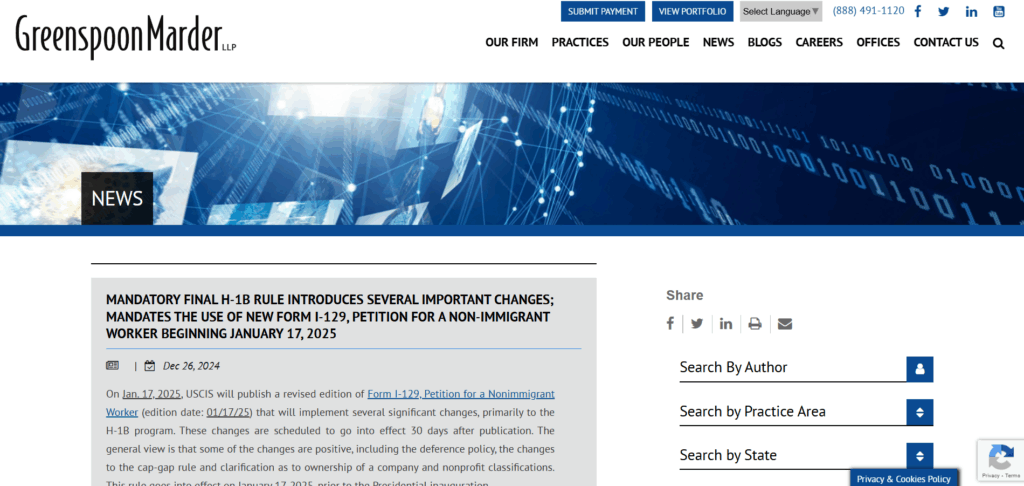
Looking Forward with Confidence
Change, especially in the realm of immigration, can feel daunting. But the release of the new Form I-129 and the accompanying modernization rules are ultimately aimed at creating a more transparent, efficient, and fair system. By understanding these changes and preparing your petitions with care and precision, you can position yourself for success.
Navigating US Study Visas: Your Social Media and the Path to American Education
Navigating Your UK Visa Journey: Insights from May/June 2025 Data
FAQs
What is the effective date of the new Form I-129?
The new Form I-129 (edition 01/17/25) became mandatory on January 17, 2025.
Is there a grace period for using the old form?
No, USCIS has stated there is no grace period. Any petition filed with the older 04/01/24 edition on or after January 17, 2025, will be rejected.
What are the main visa categories that use Form I-129?
Form I-129 is used for a wide range of nonimmigrant visas, including H-1B (Specialty Occupations), L-1 (Intracompany Transferees), O-1 (Individuals with Extraordinary Ability), P visas (Athletes and Entertainers), and R-1 (Religious Workers), among others.
What is the new Asylum Program Fee?
It is a fee that most employers must now pay when filing Form I-129. The standard fee is $600. Employers with 25 or fewer full-time equivalent employees pay $300, and nonprofit organizations are exempt. This fee helps fund the U.S. asylum system.

